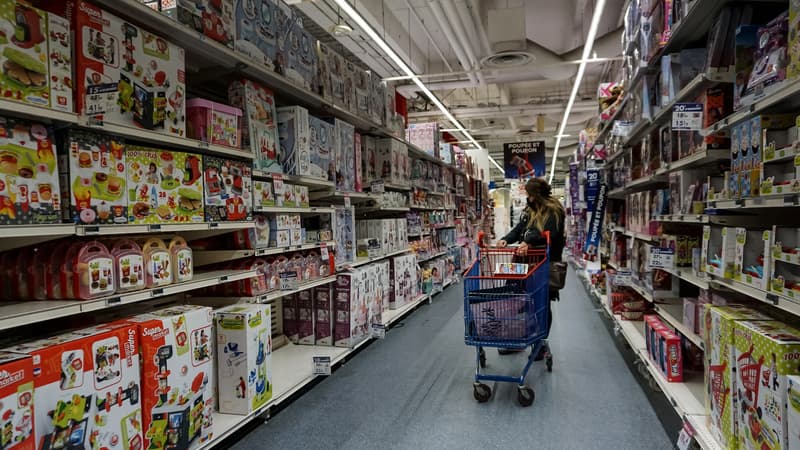It is the first one. Food prices are now rising in France at a higher rate than energy prices. According to the INSEE for February, the increase in one year reached 14.5% in February. While it was still limited to 13.2% in January and 12.1% in December. Now it is these daily errands and no longer fuel, gas and electricity that are raising inflation the most in France.
But it is also because gas and electricity prices have risen so much that food products are more expensive. Farmers have to pay more for chemical fertilizers that require a lot of gas to produce.
In addition to the raw material for which they pay more, manufacturers have been forced to accept considerable price increases to preserve and package (glass, plastic, paper) the products they deliver to large retailers. In fact, depending on the sector, this rise in producer prices took more or less to spread to the French shopping basket.
In Germany, the increase reached 20% and on the other side of the Channel, almost 17%
The phenomenon has not escaped any country. Our neighbors also cost a lot more to eat than they did a year ago. In Germany, the federal equivalent of INSEE, the Destatis institute estimates the increase in food prices over 12 months at more than 20%. And in the UK we are also at a higher level than we see in France: +16.8% according to the latest data from the national statistics office.
But it is true that in France, we expect a further increase in the spring with the end this afternoon at midnight of trade negotiations between manufacturers and large retailers. Because this annual confrontation has been more tense than ever. With proposals, on the side of the industrialists, which the large distribution purchasing centers have sometimes described as “delusional”. Up to +20%, explained the head of Carrefour a few days ago without saying who this requirement came from. While Michel-Edouard Leclerc considered them “huge”.
The truth is that it is not the SMEs that have set the highest bar. Above all, it is the large groups that are considered almost inevitable. And it is that in a supermarket it is more difficult to get Coca Cola or Nutella off its shelves than Mother Poulard’s pancakes or Henaff pate.
Last December, spending on food fell, in one year, by 9%
However, some supermarkets are likely to opt out of the list this year, to remove from their shelves brands that have not agreed to review their claims for downward. Carrefour no longer sells Tropicana fruit juice. The Lidl boss has already warned that this will likely be the case for two of his regular suppliers. And Leclerc, Carrefour, Intermarché, Système U, Auchan are even more in a position of strength as they intend to further promote their own brands that already account for more than a third of their sales.
The risk is that if food prices continue to rise, fewer and fewer consumers will be able to keep up. For some of them, this is already the case. In December, according to the most complete figures available -those from Insee-, food spending fell by almost 9% compared to December 2021.
This decrease of 1,500 million euros compared to the same period last year represents 52 euros less per household. And that consumers have cut spending with rising prices is a problem for manufacturers and retailers alike.
Source: BFM TV


